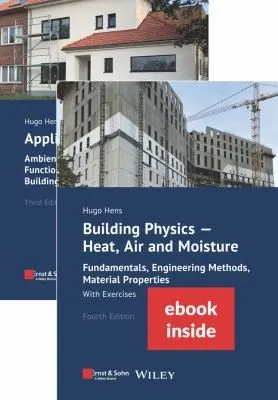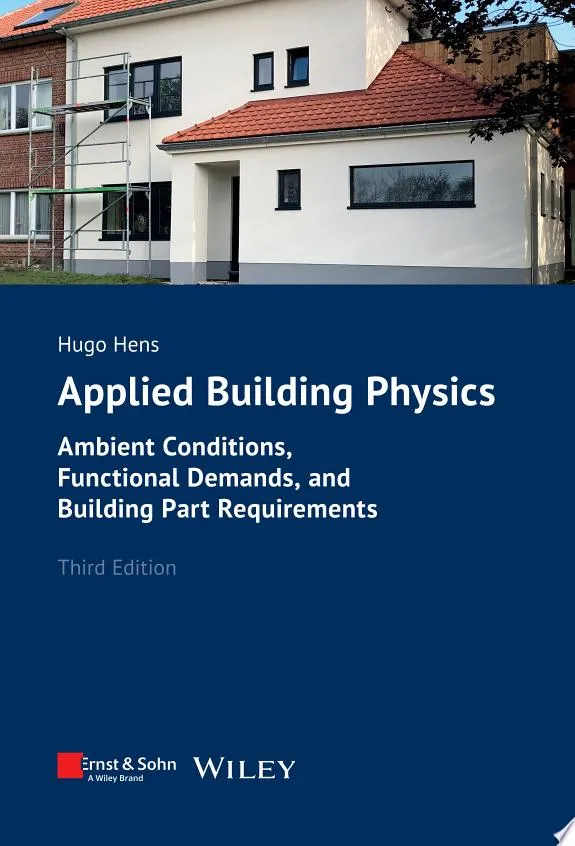
Building Physics and Applied Building Physics, 2 Volumes (inkl. E-Book als PDF)
(Autor) Hugo S.L. HensBad experiences with construction quality, the energy crises of 1973 and 1979, complaints about "sick buildings", thermal, acoustical, visual and olfactory discomfort, the need for good air quality, the move towards energy efficiency, decarbonization and sustainability - all these have accelerated the development of a discipline that, for a long time, was hardly more than an academic exercise: building physics. The discipline embraces domains such as heat and mass transfer, building acoustics, lighting, indoor environmental quality, energy efficiency, and, in some countries, fire safety. Through the application of physical knowledge and its combination with information coming from other disciplines, building physics helps to under-stand the physical phenomena governing building parts, building envelope, whole building and built environment performance - called urban physics. Today, building physics has be-come a key player on the road to highly performing new buildings and renovations. The first book deals with heat, air and moisture transport in building parts or assemblies and whole buildings with emphasis on the building engineering applications. The second book on applied building physics focuses on the question of what a well-balanced building performance consists of. Here, the environmental loads on buildings are explained - i.e. all those parameters that describe the external and internal environmental conditions, with an emphasis on practical implementation. Then follows a comprehensive presentation of those performance requirements that are important at the whole-building level, mainly considering thermal, acoustic, visual and olfactory comfort, indoor air quality, energy consumption, durability, economy and sustainability. This is followed by an in-depth discussion of the requirements regarding thermal, air and moisture behaviour as well as the measured variables at the level of the building construction and components. The analyses and calculations described in this book result in sustainable buildings made of functional and durable building constructions, with comfortable and healthy indoor climate. Compared to the previous editions, both books have been expanded to include the physical determination of the thermal conductivity of materials, together with an in-depth discussion of all the effects of thicker insulation layers. Additional information has been added on wind pressure and the evaluation of condensation inside the building components, while a new chapter on material properties has been included. Both volumes, including the figures, have been revised and restructured where necessary. (Package: Print + eBook)
Hugo S.L. Hens
Hugo S.L. Hens was a renowned German author known for his groundbreaking novel "The Shadow of Tomorrow," which explored themes of existentialism and the human condition. His distinctive literary style combined vivid imagery with philosophical depth, influencing generations of writers. Hens' contributions to literature continue to inspire and provoke thought.
